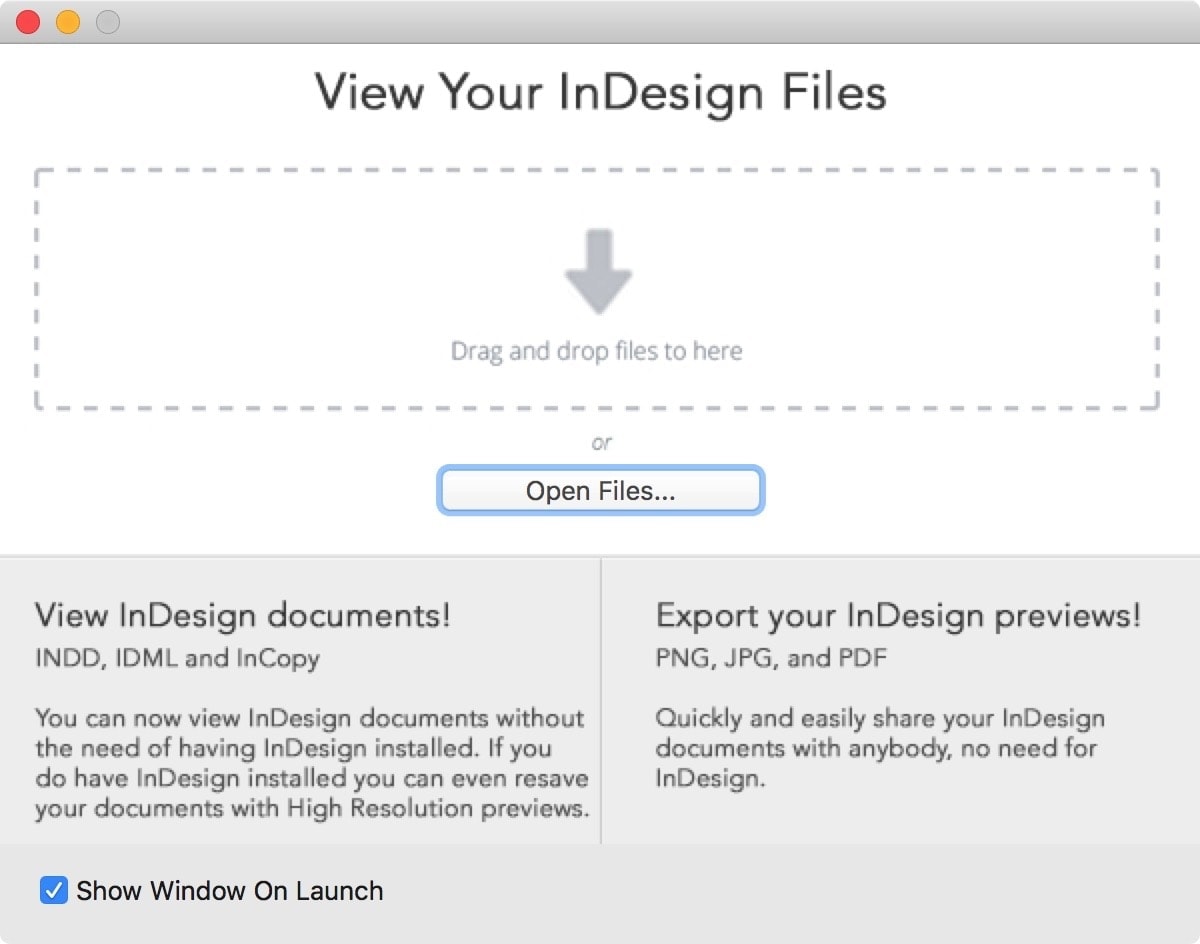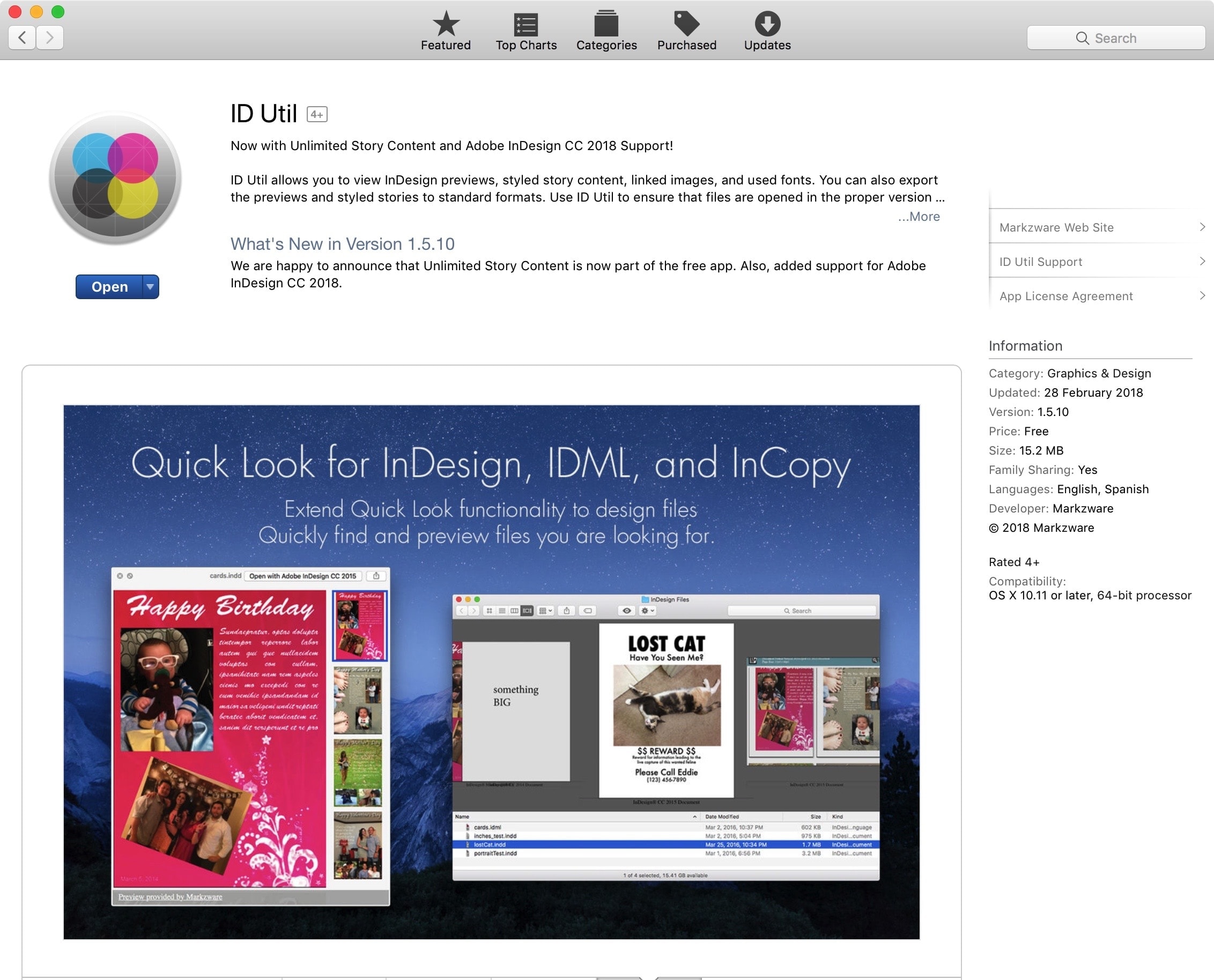Your WordPress website
Your own WordPress website
You can do a lot yourself. We do and organize the rest!
Your own website with WordPress
WordPress is perhaps the most widely used website building software. There is hardly anything that cannot be mapped with WordPress – portfolios for designers or photographers, web shops, event calendars, courses and much more. There are websites for restaurants and cafes, newspapers and magazines. Shops present themselves and their offers. WordPress is not perfect, but it is very flexible. There are also countless themes and plug-ins that can be used with little effort.
So WordPress is popular. Nothing is easier than building your own website with WordPress.
Helping people help themselves
But how do you get your own website? It’s not always easy for everyone. Italic offers help for self-help. We’ll help you set up and build your own WordPress website. You can decide for yourself how much you do yourself and what we contribute.
What it takes for a website
Do you want to revise your website or maybe create a completely new website? We would be happy to discuss your ideas and various options without obligation. Websites, one could almost say, are living beings in their own right. You’re born, it takes time to grow, it takes care and attention, and good social interaction. If all of this succeeds, websites are loyal companions for your tasks and they form a good interface with clients, suppliers and interested parties.
We define together:
- Action
We define the desired procedure in the first conversation. It is about general questions like: What do you expect from your website, what do you expect from us and what would you like to contribute yourself? - planning
After an initial conversation, careful planning is often required. It’s about concept, design, target groups, functionality and much more. We see this as an advisory role and as part of a project. - implementation
Planning in clearly defined work steps helps to implement the agreed goals within the budget. - Training and introduction
Some prefer to do as much as possible themselves. Others prefer to work with us on the website from time to time. Others want to be trained by us. You determine what serves you the most. We would like to assist you with know-how, time and support. - Support and maintenance
We are happy to help whenever necessary. We can call or remote via Support software help. You can find more information on our support page. We offer the maintenance of your website as Service at.
FlightCheck now supports QuarkXPress 2018
FlightCheck now supports QuarkXPress 2018
FlightCheck checks publishing documents for possible errors and thus ensures production.
Markzware just released an update for FlightCheck. The preflighting tool now also works with QuarkXPress 2018 documents and can check them as well as collect them for forwarding or archiving.
FlightCheck checks publishing documents for (possible) errors, creates reports and shows the pages and objects where errors occur. FlightCheck is an indispensable tool for checking incoming documents as well as for checking before output (transfer, exposure, PDF output). FlightCheck does not need original programs for checking, but analyzes documents directly.
Supported formats
• InDesign (v1.9 – CC 2018)
• QuarkXPress (v3.1 – 2018)
• Acrobat PDF (v3.0 – CC 2018)
• Illustrator (v6.0 – CC 2018)
• Photoshop (v4.0 – CC 2018)
• PageMaker (v4.2 – v7.x)
• FreeHand (v7.0 – v11.x)
• Word (2000-2002)
• CorelDRAW (v8.0 – v9.x)
• EPS
• TIFF
• and more…
FlightCheck is available as a permanent license or as an inexpensive annual license.
Updates
Anyone who has a current version (annual license or version 7.90) can simply download an update via the personal download link of the original delivery.
ID Util in a new version
Markzware ID Util now in a new version 2
Markzware has a small InDesign utility that can be obtained free of charge from the Apple App Store. ID Util received a new edition and is now available in version 2.
What can ID Util do? The tool works with InDesign, IDML and InCopy files. It can show a preview of these files and extract the text in no time at all. This is particularly useful when no InDesign version is available.
Further highlights:
- Export of thumbnail previews
- Export of text
- List of all pictures
- List of all fonts
- QuickLook previews of all InDesign documents in the Finder (!)
- Show the InDesign version with which the document was created
- etc.
Where can the ID Util be used well?
For example, the tool can be used to set high-resolution preview files for any documents on every workstation where InDesign is installed. These can also be exported directly, for example to preview the InDesign document. It is also particularly helpful that with ID Util a simple preview with the Quick Look function is available in the Finder. Simply select the file and activate the preview function with the space bar.
At workstations where InDesign is not installed, the text can be extracted with the help of ID Util and exported in various formats.
Keywording software with a new update
Keywording software with a new update
KIM Keywording 3.70 is a maintenance update and offers the following improvements:
- Updated components for better integration with macOS High Sierra
- IPTC data are written back to the files in UTF-8 encoding, which means better support for different writing systems for IPTC data is achieved.
- Various small improvements.
The update of the keywording software can be downloaded directly here:
KIM Keywording is keywording software that supports up to 10 keywording languages. The database-based solution offers a hierarchical keyword structure, intelligent wizard functions, QuickLists and much more help for fast, consistent and professional keywording.
KIM keywording is available for Mac and Windows and data can be exchanged with external employees, for example. If you have external keywording files, you can write them back into the image files with the help of KIM keywording.
Read more about KIM keywording here:
FlightCheck Pro in prepress
FlightCheck Pro in a publishing environment
Preflighting and postflighting in one package
FlightCheck Pro belongs in any prepress environment and specifically at these two crossroads in the workflow:
1. When new documents are received
When new documents come in from the customer, simply drag those documents onto FlightCheck Pro. Any problems are recognized immediately and issued as a report. Whoever checks incoming documents, does not even need full versions of InDesign, XPress or other solutions – FlightCheck Pro also checks native documents directly and without detours. Recommendation: just do it.
2. Before issuing
Before outputting, FlightCheck Pro checks over 150 potential sources of error in your documents. The software works just as well with XPress or InDesign documents as it does with PDF variants, EPS files and much more. Recommendation: prevention is better than cure.
Preflighting software for publishing documents
With this preflighting software you can check your documents for errors before they become expensive. Preflighting means: You can Original documents check and correct the error directly in the original document. This also eliminates future errors due to the same documents.
Postflighting for output formats
FlightCheck pro also checks typical output format files such as PDF, PDF-X, EPS (including embedded fonts and images) and many more formats. They ensure that your output documents are correct before they are released for production or distribution.
FlightCheck Pro checks documents, locates the errors and can not only name the sources of error, but also display them (page, object in preview) or even navigate to the point in the document, provided the original software for these documents is installed (not for all document types).
FM Registrations 1.31
FM Registrations 1.31
FM Registrations 1.31 is a maintenance update for FM Registrations and is free for all registered users. Registered users can download the latest version directly from their account. Data from the old version can be easily imported via import.
The following adjustments were made:
- Bug fixes
- Improvements in the user interface
- New example file with improvements
Activation codes for your own FileMaker solutions
FM Registrations can be used to create activation codes for your own FileMaker solutions. Almost any parameters can be entered in the encrypted activation code, which are then decrypted again in the own solution during registration. In this way, for example, the expiry date, number of users and many other details can be activated or expanded using a license code. With the help of FM Registrations, FileMaker developers can both activate and configure their own solutions.
Further information is available here:
Updates for CC2018
Markzware is updating products for CC2018
All current Markzware publishing products have been adapted to InDesign CC2018. As a result, the plug-ins now also run under CC2018 or can read documents from this latest InDesign version without any problems.
Adjustments were made for the following products:
- Q2ID imports QuarkXPress documents directly into InDesign (InDesign plug-in)
- PDF2DTP converts PDF documents to editable InDesign documents (InDesign plug-in)
- ID2Q imports InDesign documents directly into QuarkXPress (XPress XTension)
- FlightCheck Pro checks documents and reports any errors found before they become expensive.
Further information on these products can be found in the menu bar on the right. If you have one of these products as a subscription, you can download and install the latest version using your personal download links.
Update: KIM Keywording 3.6
KIM Keywording 3.6 released
KIM Keywording 3.6 is a maintenance update, which is recommended for installation by all users.
Bug fixes
- A bug has been fixed where IPTC data could not be saved back to the files under MacOSX High Sierra.
- Various small bug fixes and improvements.
KIM Keywording is a multilingual keywording softwae for photographers and photo agencies. We have a special topic page, focussed on Keywording.
Nothing found.
Update: KIM Keywording 3.52
Update: KIM Keywording 3.52
KIM Keywording just received a maintenance upgrade. The following changes have been made:
- Some smaller bug fixes and improvements
- We fixed a bug in the plug-in registration for the Windows version.
- All new plug-in versions integrated
- KIM Keywording 3.52 now is based on the latest FileMaker Pro 16
- If you use KIM Keywording with your own FileMaker Pro license, you can still use FileMaker Pro 15.
The latest version can be downloaded here.
We encourage all users to install this latest update. Current data can easily be imported into the newest version.
Keywording from the point of view of the image user
Keywording from an image users viewpoint
Whenever you are offering photos, you do so in order that other people can find and use them. To enable someone else to find and use photos, keywords and metadata must be added. This work must be done first, and only later it will show if the work brings the desired results. For this reason it is helpful to include the viewpoint of an image user in the process of keywording.
Change camp
So you are busy preparing your photos and you want to design the keywording so that as many people as possible can find your photos. Then nothing is better than changing camp once. Go from being an image provider to an image user. Become a picture seeker.
Imagine that you are looking for a photo of an egg. A picture of an egg is required for a new campaign, which – according to the default – should have certain characteristics. Now there are thousands upon thousands of pictures of eggs on the net (e.g. here ). Not all are suitable for the campaign, however. A differentiation is therefore required, which is achieved by adding further features. Because the yellow of the egg is not always the yellow of the egg.
Anyone who slips into the skin of the picture seeker will often find new search terms and perspectives. Perhaps it is important to explicitly state the number of eggs, the color of the eggs, the environment (kitchen, nest, egg carton), the type (ostrich, quail, snake egg). Should it be a studio shot or should it be photographed in the wild? Which expression should be conveyed and who should the image address? All of these questions lead to possible new keywords.


Ask colleagues and friends
Keywording is complex because people use language and words differently. Put yourself in the shoes of the viewfinder already brings a lot. Next, you could invite other people to do your job – just as a test. Take a picture or two and ask friends, colleagues and acquaintances to describe each picture using around 10 search terms. You will probably see that very different terms are used. Our understanding of language was shaped individually. This diversity is the real challenge for good keywording. It is a question of a good differentiation between the terms used and an appropriate number of synonyms.
There is this famous story in which you ask six different people to describe the same room. There are six completely different descriptions. If you describe pictures, you ideally imagine different people and try to capture the optimal words for different perspectives.
Know the image users
If image databases are provided for clearly defined user groups or for very specific topics, it is essential to have a good understanding of both the user group and the topic used. The same images can make very different statements depending on the context of use – and therefore require adapted keywords. In companies it is often the case that their own marketing language or their own thematic focus is explained with certain words, abbreviations or concepts. So if you work for a specific topic or a specific clientele, it is wise to take into account the very own language that is spoken there.
In addition to technical terms, it can be, for example, certain abbreviations, areas of application (marketing, archive), events (Meeting Day 2014) or purposes (campaign 2017, winter 2018, etc.). For all these special terms, it is always very helpful if the keyworder either comes from the company itself (and therefore knows the terms and concepts by heart) or is briefed in detail by the company. At most, cooperation is also a good option.


Keywording should lead to results
Language is alive like people are alive. There can be no exact 100% valid and all-encompassing keywording, especially since the way the images are viewed and interpreted changes over time. At best, an approximation of optimal results can be achieved. It therefore takes the courage to leave gaps as well as the foresight for later purposes. When keywording you should think results-oriented: Which terms lead to good search results? That should be the real guide.
The actual goal of keywording is to make the images findable for the image user. All keywording serves this purpose. If the image user finds what he is looking for, then the purpose is fulfilled. If he doesn’t find the picture, then the keyworder has overlooked something important. The interaction between keyworders and image users is therefore particularly helpful. It is worth getting regular feedback from users. Only the successful image search determines the quality of the keywording. If possible, it is worth analyzing the search queries on the website. Which words are used? Are several search terms entered to narrow down a search? Are there search terms for which no hits were found? If that’s the case, why is that? With questions of this kind one learns to better assess the search behavior and the efficiency of the assigned keywords.
Some websites allow the analysis of search queries. If, for example, an image does exist in your image database but does not appear in searches, then there is a problem with keywording. An image is not found because relevant search terms are missing. If you recognize this, then you can Optimize keywording . Such an analysis allows conclusions to be drawn about user behavior and user needs without having spoken directly to those affected.
In the light of these considerations, it makes sense to set up your own Keywording strategy that activates an evaluation at critical points, after which the keywording results can be adjusted.
Picture credits: All pictures come from the picture offer of Italic picture agency .













